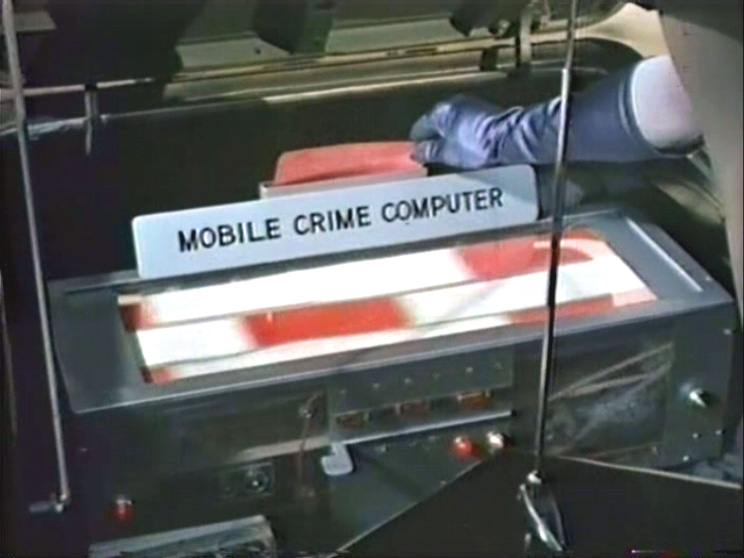- Messages
- 8,392
- Location
- Little Feckwittering-on-the-Moor
Well chaps, I'm getting my soldering iron out soon to build a bat detector 
There are a number of plans online for them, but after much reading, I'll be making an analogue heterodyne detector - there are simpler circuits for straight detection, but to be able to in effect tune in to the bats and listen to the structure of the call you need a het detector.
Just waiting for the kit of parts to arrive now - from Germany.
There are a number of plans online for them, but after much reading, I'll be making an analogue heterodyne detector - there are simpler circuits for straight detection, but to be able to in effect tune in to the bats and listen to the structure of the call you need a het detector.
Just waiting for the kit of parts to arrive now - from Germany.



